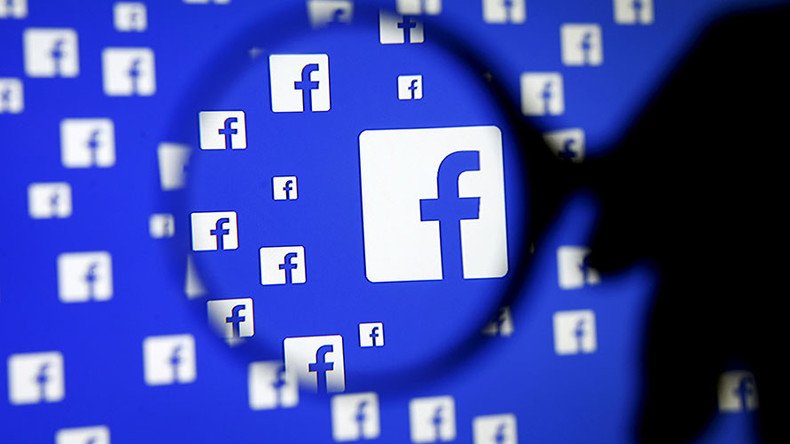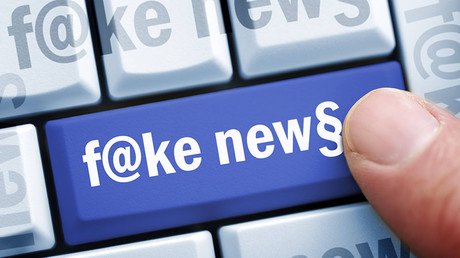Fake news did not influence 2016 election, study finds

Believe it or not, while fake news was more prevalent than ever during the 2016 election, it did not change the outcome, according to a new study.
In a study released on January 18, titled “Social Media and Fake News in the 2016 Election,” NYU economics professor Hunt Allcott and Stanford economics professor Matthew Gentzkow conducted a series of tests to determine which fake news articles were being circulated, how much they were shared and viewed, and what impact they had on voters.
Allcott and Gentzkow conducted a 1,200-person post-election online survey and used previous studies and web browser data to conclude that social media was an important source of information, but it was not a dominant source of information.
Their survey found only 14 percent of Americans viewed social media as their “most important” source of election news
Allcott and Gentzkow tracked stories that were categorized as fake news by fact-checkers, and found that pro-Trump stories were shared over three times more than pro-Clinton articles. Pro-Trump stories were shared a total of 30 million times, compared to pro-Clinton articles, which were only shared a total of 7.6 million times
Researchers also polled the number of Americans who believed fake news articles by asking if they recalled fake news headlines, and if they thought they were true.
In their survey, researchers found that 15 percent of Americans could recall seeing a fake news headlines, and 8 percent said they believed them.
At the same time, a separate survey, conducted by Craig Silverman and Jeremy Singer-Vine, found that 10-22 percent of respondents said they recalled fake news stories.
However, for their study, Allcott and Gentzkow also added their own fake news headlines as a placebo, and found that the number of people who remembered the placebo headlines were almost identical to the number of people who recalled the fake news headlines that were in circulation.
Subtracting the placebo recalls from the fake recalls, Allcott and Gentzkow suggest that the true recall and belief of fake news articles was quite low.
A recent survey from Pew Research Center showed that 62 percent of voters get their news from social media sites, however, of these, only 18 percent said they often do so. Another 18 percent said they never get their news from social media.
Nearly half of U.S. adults get news on Facebook - 62% get their news from social media, Pew says https://t.co/SM9CzYmDrbpic.twitter.com/TkFJlP1U15
— Ian Jukes (@ijukes) November 16, 2016
By comparison, the survey showed that 46 percent of voters say they primarily get news from local television, and 31 percent from cable television. Only 34 percent of voters say they trust information they get from social media, while 76 percent have faith in national news organizations and 82 percent believe local news organizations to be credible.
When Allcott and Gentzkow asked which news source was the most important for voters during the election, the four most common responses were cable TV, network TV, websites, and local TV, with social media coming in as the fifth most common response.
Allcott and Gentzkow suggest that television still remains more important “by a large margin.”
The study concluded by stating “for fake news to have changed the outcome of the election, a single fake article would need to have had the same persuasive effect as 36 television campaign ads.”













